
The Many Different Sides of Scotland
Cassandra Hannahs
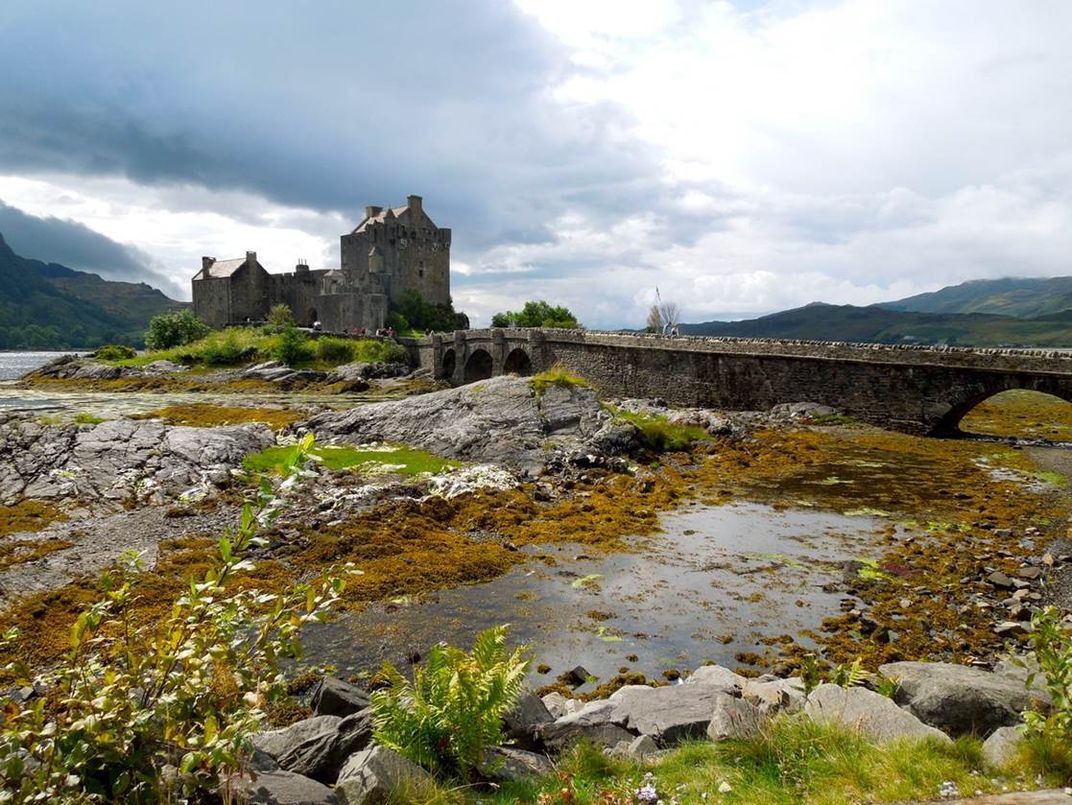
Since this tour took place about a month before the Scottish people had an opportunity to vote on whether Scotland should become an independent country, it’s not surprising that we talked a lot about Scotland’s national identity. It was in the air. And one of the things we noticed was how the Scottish National Party (SNP) consistently framed that topic in terms of England, or more precisely in defiance of England. For instance, we heard the official party song of the SNP celebrating the day seven centuries ago when Robert the Bruce led the Scottish army in victory against the English at the Battle of Bannockburn. The timing of the vote on Scottish independence was even set to coincide with the 700th anniversary of this battle, 1314 - 2014. The SNP was hoping to ride that wave of national pride right out of the Union.
It didn’t happen. Instead of breaking away from the Union, Scotland decided to stay within Britain’s “family of nations,” to borrow a term from British Prime Minister David Cameron. He chose it well -- who wants to break up a family? Calling the UK a “family of nations” also neatly acknowledges the historic differences of culture, language and political identity that exist not only between England, Wales, Scotland and Northern Ireland but also in much smaller regions like Cornwall. What we realized as we traveled on our journey was that Scotland has a veritable family of nations within itself. Strong regional identities asserted themselves everywhere we went, and as we got to know them we were struck by many contrasts in aspect and character. Every place also told a different side of Scotland’s story, much as siblings remember stories from their family’s past in different ways.
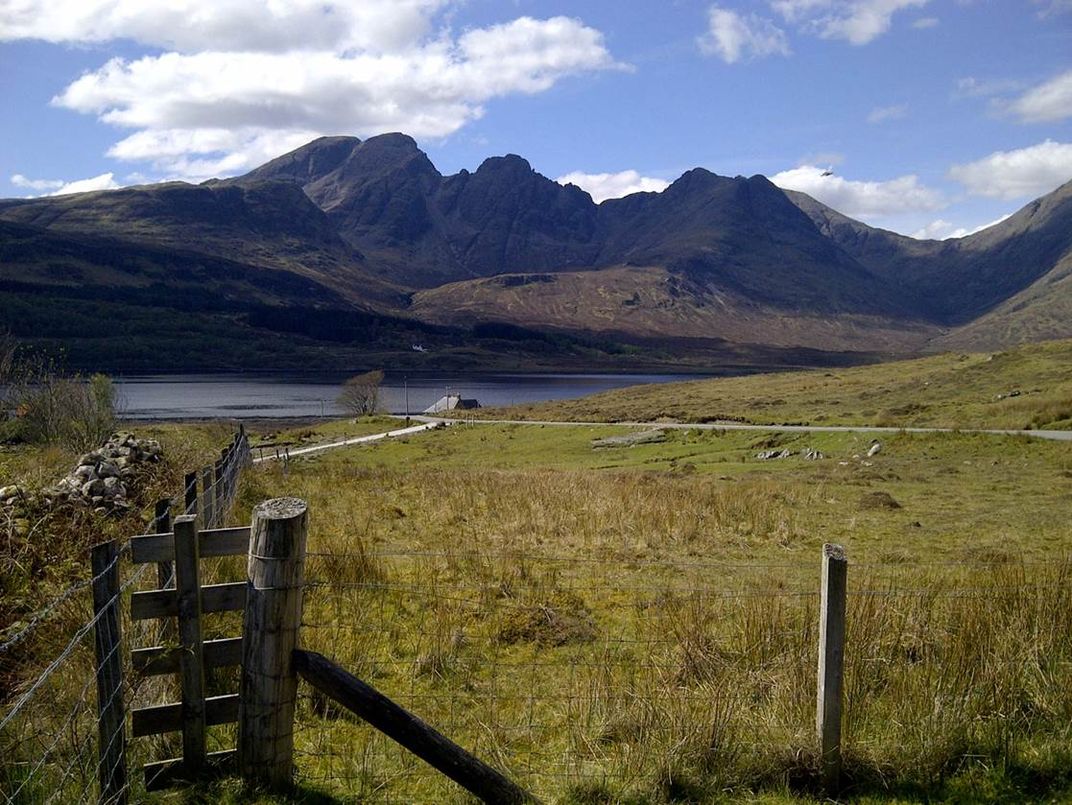
Carved by glaciers and crowned with castles, the Highlands seemed the oldest in Scotland’s family of nations. There we heard the Gaelic of the saints who urged the Picts to become Christian in the 6th century, and we witnessed that slow succession engraved in stone: cryptic Pictish symbol-stones turning into cross-slabs. In the isles and near the coasts, the Vikings also left left their imprint on the language, placenames and family names. On Skye for instance we laughed to hear that the name of the main clan MacLeod comes from the Norse, meaning “Son of Ugly.” The glory of the Highland views lived up to expectation, but this landscape is also marked with sorrow, wrongs done at Glencoe, Culloden and afterwards during the Clearances. Clan rivalries kept ancient feuds alive for centuries, while Lowland fear of Highland ways kept them estranged, so that it almost seemed ironic that the kilt and bagpipe of the Highlands are now symbols of all Scotland.
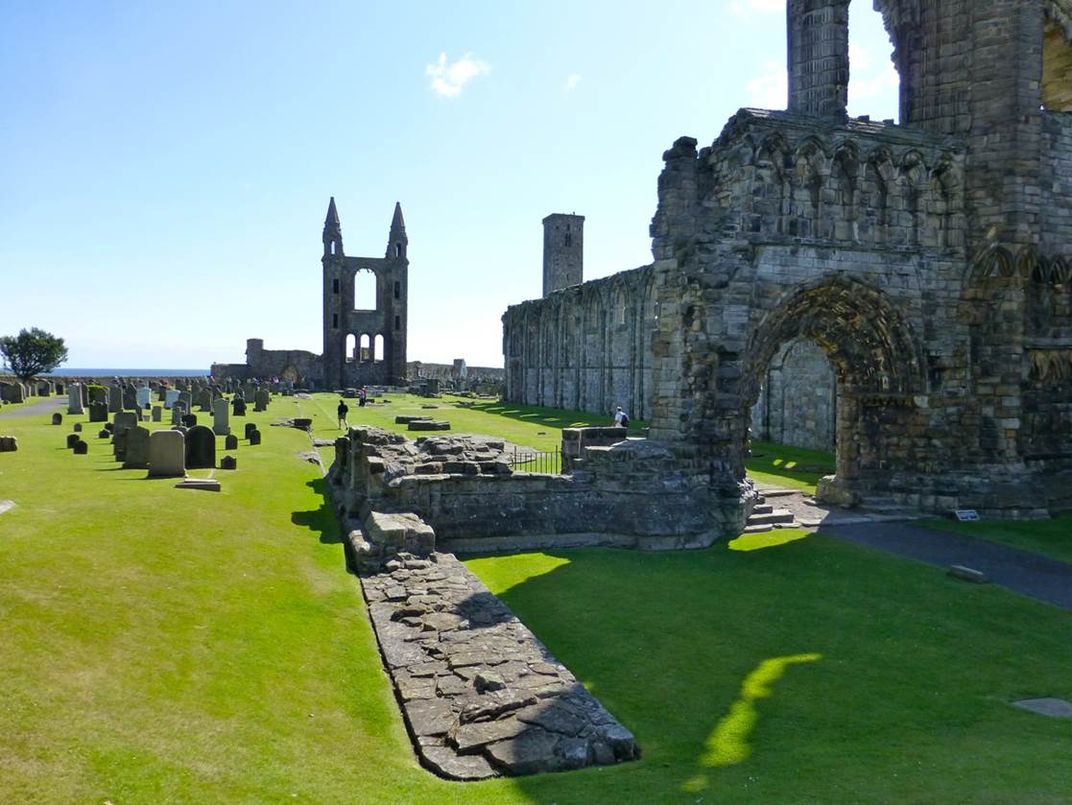
The other places we visited in Scotland had histories just as deep as the Highlands, but their dominant themes were different. Saint Andrews, for example, boasted a religious settlement by the 4th century as well as Scotland’s first university (founded 1411), but what we saw and heard there revolved more around the Reformation. We viewed the site where George Wishart was burned at the stake for his Protestant beliefs and where Cardinal Beaton was murdered in revenge, his body mutilated and hung from a window of the castle. The cheerful bustle of this seaside town on a sunny day seemed at variance with all this violence which also destroyed the largest church in Scotland. As we walked around the vast ruins of the Cathedral of Saint Andrews, we took some comfort in knowing that religious conflict -- once so passionate between Catholics, Anglicans and Presbyterians in Scotland -- could become a thing of the past.
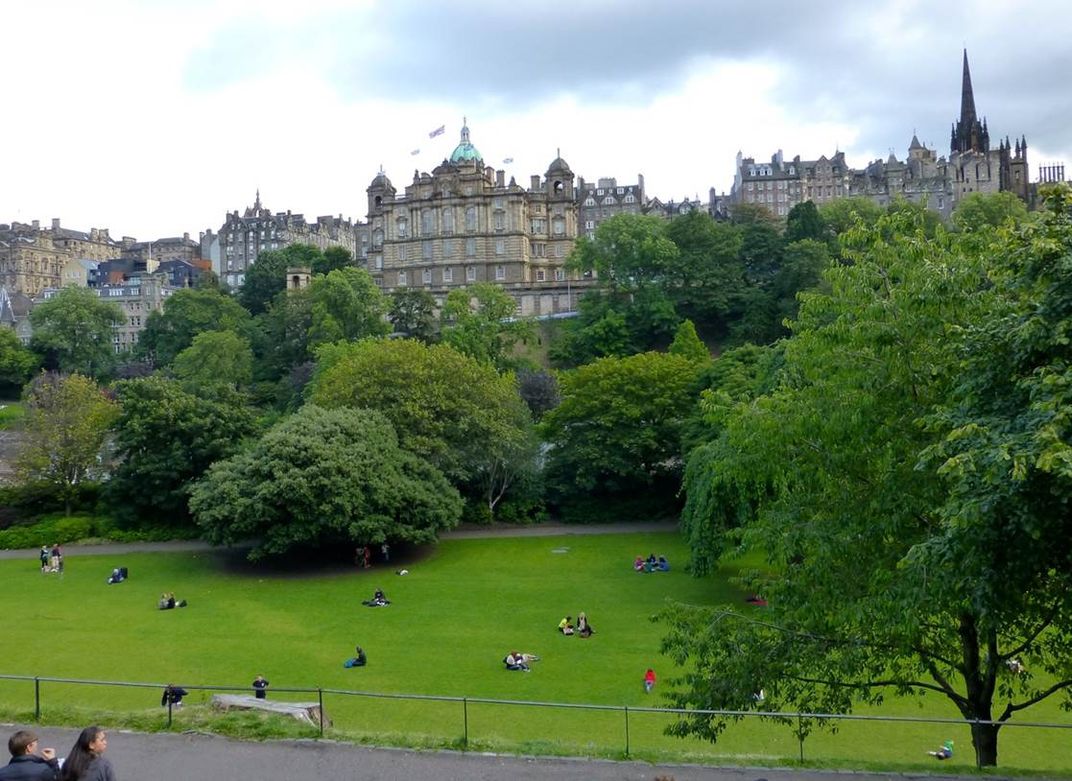
The two great cities we visited, Edinburgh and Glasgow, showed us very different personalities. Edinburgh is brilliant and she knows it. We explored the castle, palace and parliament buildings which all attest to the city’s thousand years of prominence. We prowled museums and art galleries which underline her role as a cultural capital -- the Athens of the North and the home of the Scottish Enlightenment. Edinburgh assumes her superiority like a beautiful older sister, but Glasgow has been catching up in many ways. Hosting the Commonwealth Games during our visit, Glasgow had put on her best clothes. We saw banners streaming from stately public buildings, and the traffic cone that the Duke of Wellington wears on his head was painted gold for the occasion. Industry and trade figure largely in Glasgow’s stories, but design, art and “the Glasgow style” were also celebrated in museums and on the street. Cheerful and irreverent (hence, the traffic cone), Glascow is reinventing herself as a vibrant city of culture.
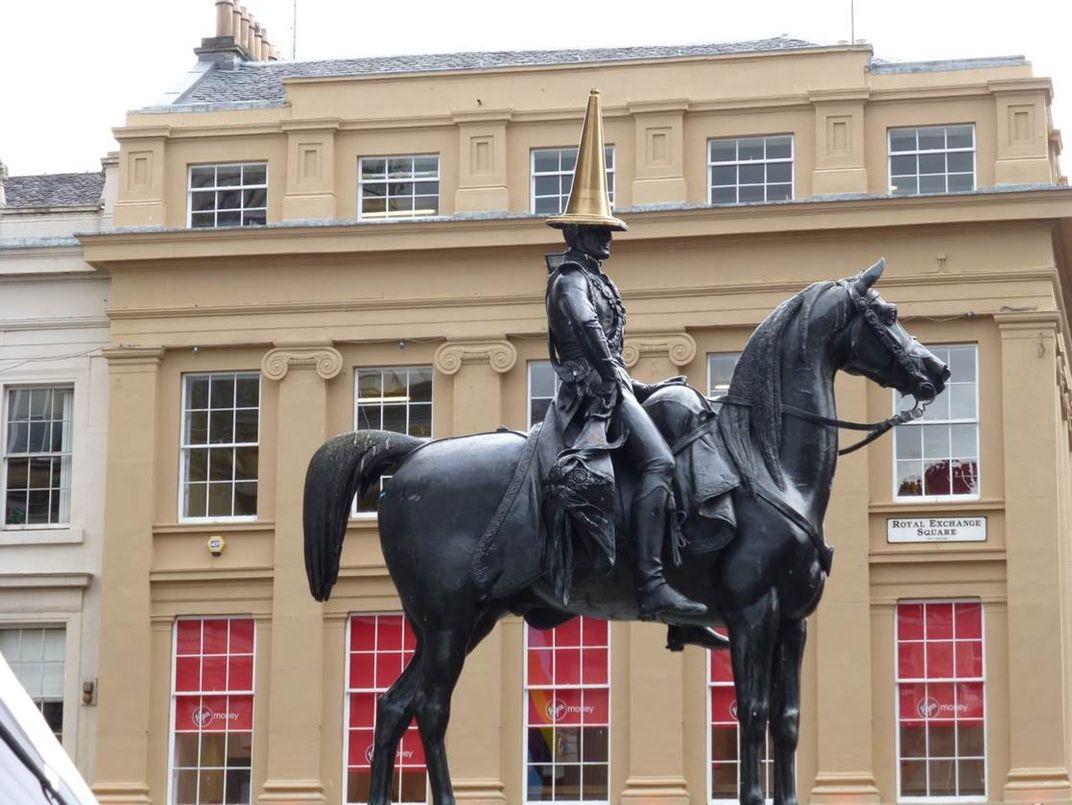
The classic image of Scotland today is of the Highlands, but there is so much more to it than that. We encountered several regional identities on our journey in Scotland, and we heard many different sides to its story. Although the SNP had framed the debate as Scotland versus England, the final vote on the referendum confirmed that all the Scotlands that we met would remain at least for now within Britain’s broader family of nations.
Interested in learning more? Check out our tour of Scotland’s Treasures!

/https://tf-cmsv2-journeys-media.s3.amazonaws.com/journeys/catalog/cover_image/Mar_24_SJ_Cover.jpg)
 Be the First to Know
Be the First to Know